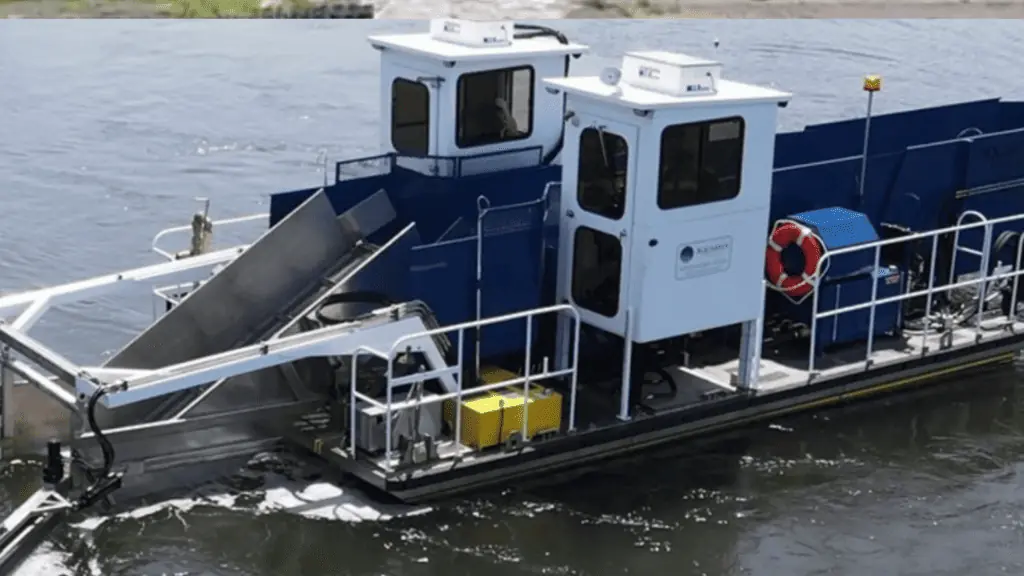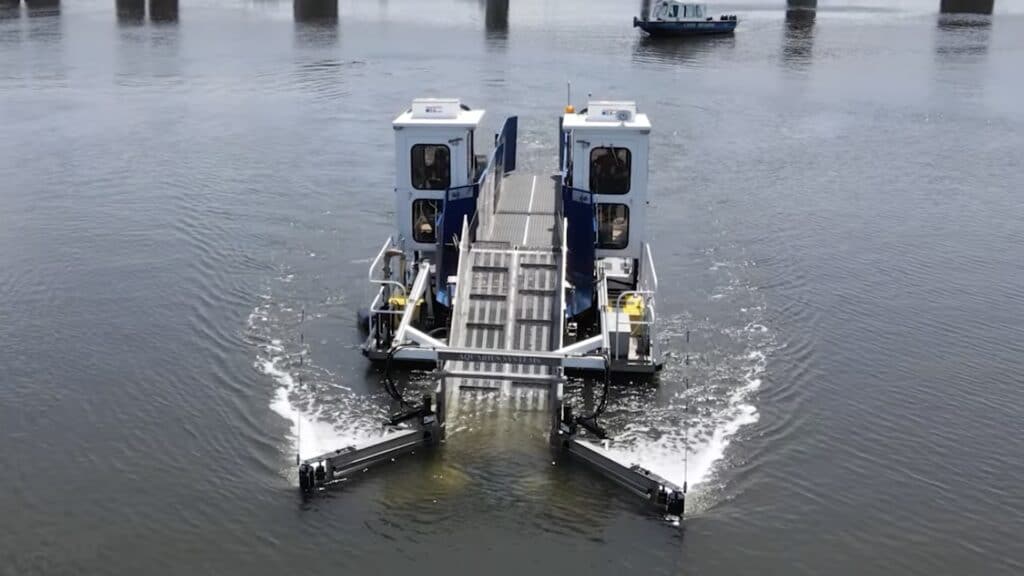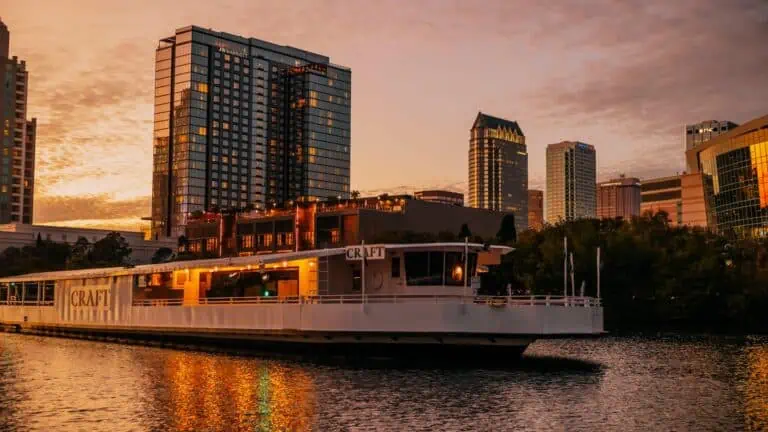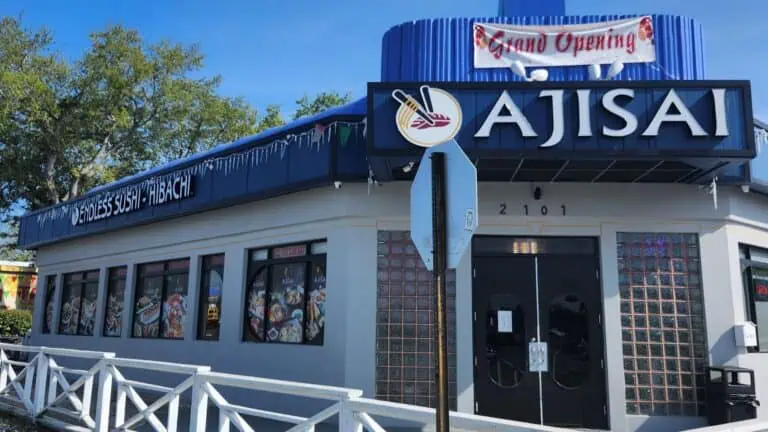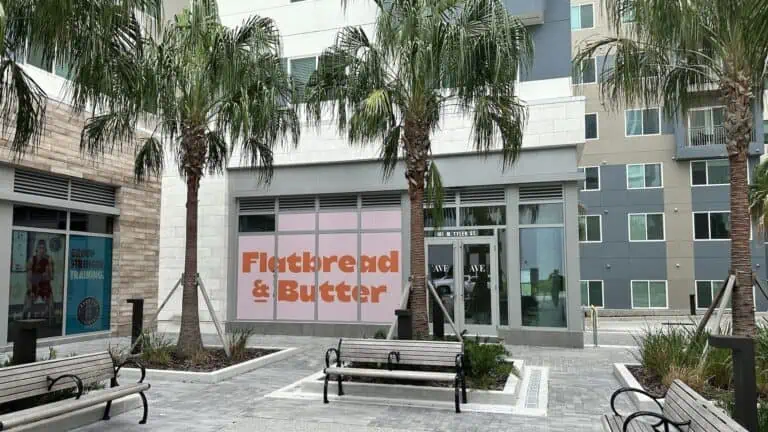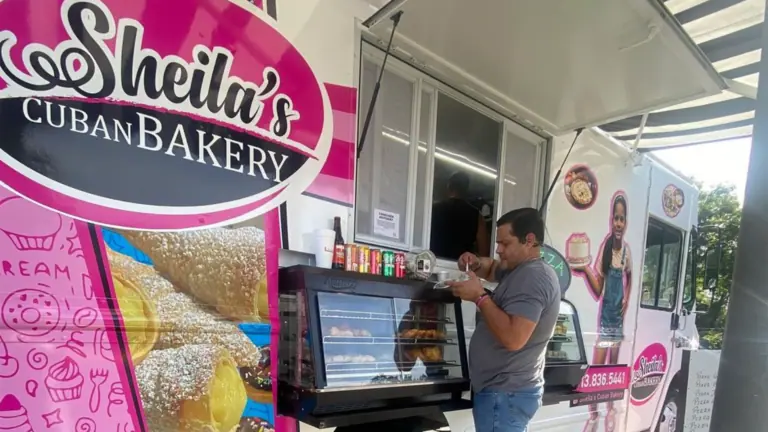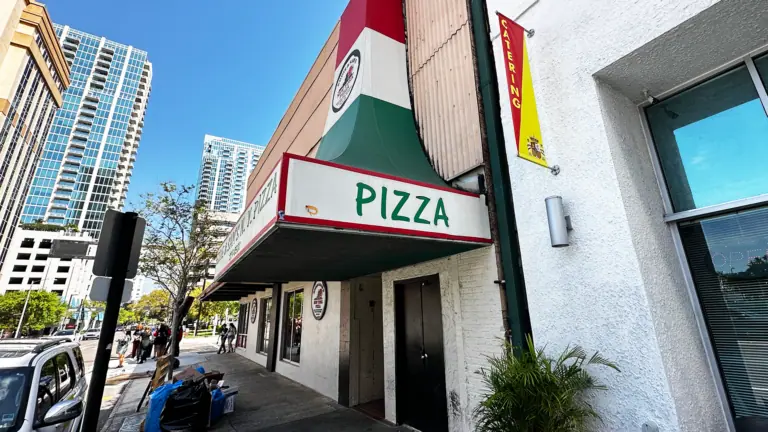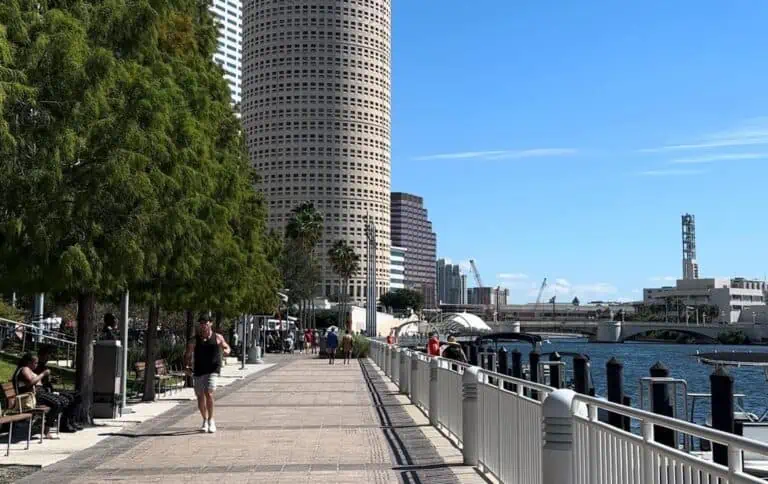Since the Litter Skimmer launched in Tampa in 2022, the vessel has picked up 20 tons of garbage out of the Hillsborough River and surrounding channels and in the waters around Bayshore Boulevard and Davis Islands.
The Litter Skimmer launched last year as part of the “Keep It Clean, Tampa” initiative. Since it’s inception, the Little Skimmer has:
ADVERTISEMENT
- Been on the water for a total of 841 hours
- Collected 40,216 pounds of trash (20.01 Tons)
- Generated 9,645 KWh of electricity from the trash collected.
“Litter Skimmer” by the City of Tampa’s Solid Waste Department operates ten hours a day, four days per week, picking up floating trash along the Hillsborough River, Davis Islands, and the Bay. According to the Ocean Conservancy, the top contributor to marine debris is single-use, or disposable, plastic products, including container caps and lids, beverage bottles, plastic bags, food wrappers, cups, plates, cutlery, and drinking straws. Single-use plastic utensils and containers threaten marine environments because they do not fully break down or decompose.
Converting waste to energy with the Litter Skimmer in Tampa
At the end of each day, the waste is taken to the city’s waste-to-energy facility, which generates enough electricity to power 15,000 homes per month. The Tampa Bay area is home to four waste-to-energy facilities, located in the City of Tampa and in the counties of Hillsborough, Pinellas and Pasco. Without these facilities, local governments would be faced with the daunting task of siting large landfills near our rapidly growing residential communities.
Florida’s waste-to-energy facilities eliminate 90% of the waste that once would have been landfilled.
ADVERTISEMENT
The best way to reduce environmental impacts when it comes to waste is to prevent making it in the first place. Practicing waste reduction leads us to divert less materials to regular disposal methods like waste-to-energy or landfills. Not only does it lead to less items going to disposal but it also reduces litter, saves resources, and saves money. This will require some new habits of refusing disposable items, repairing what can be fixed, and reducing our food waste.
What to read next:
- Dave’s Hot Chicken opening first Tampa location this weekend
- Bookends, a new indie bookstore, opening in Historic Ybor City
- Lobster Roll hotspot Taste of Boston celebrates grand opening
- The Tampa Summer Market Guide
ADVERTISEMENT





